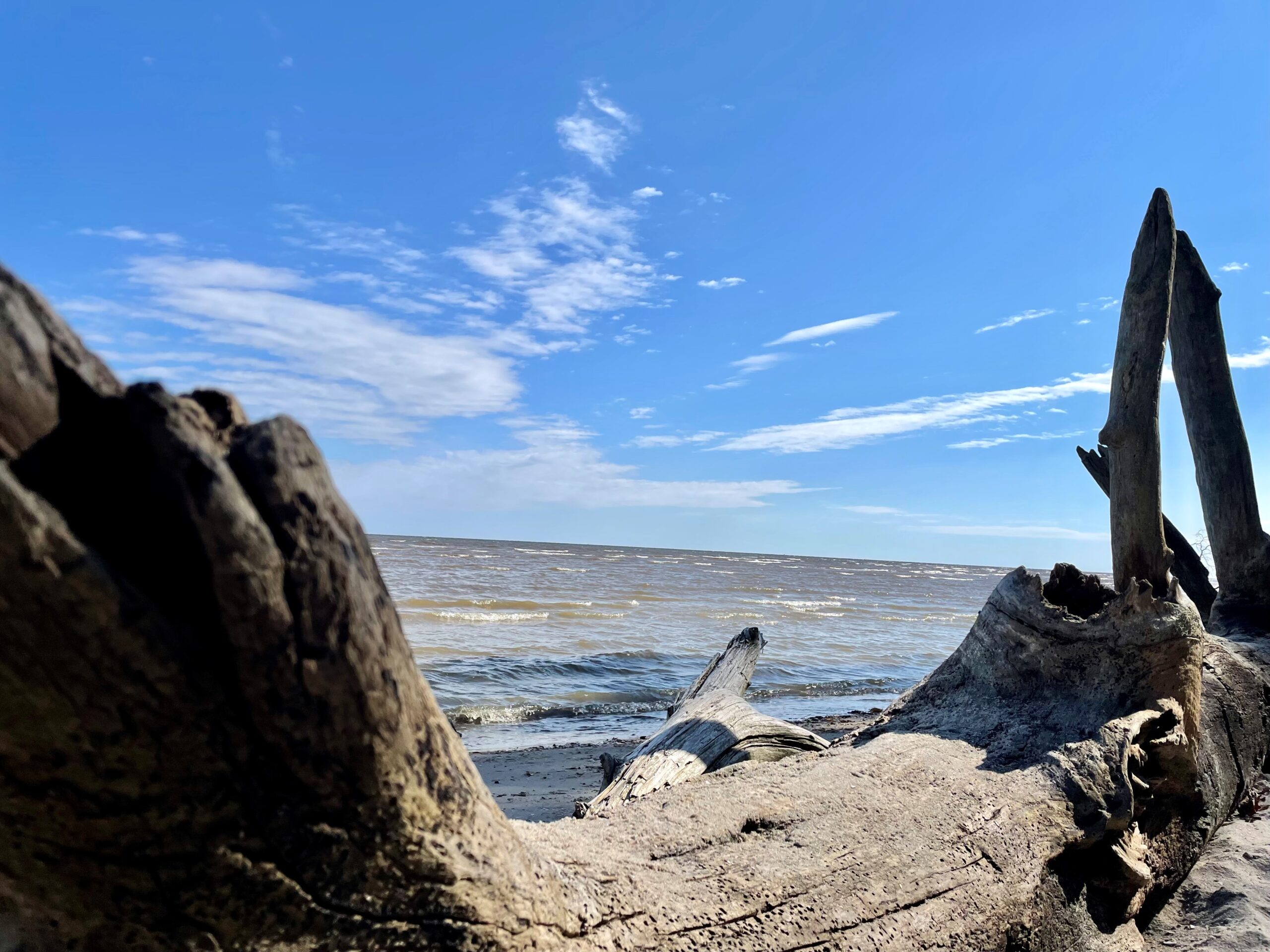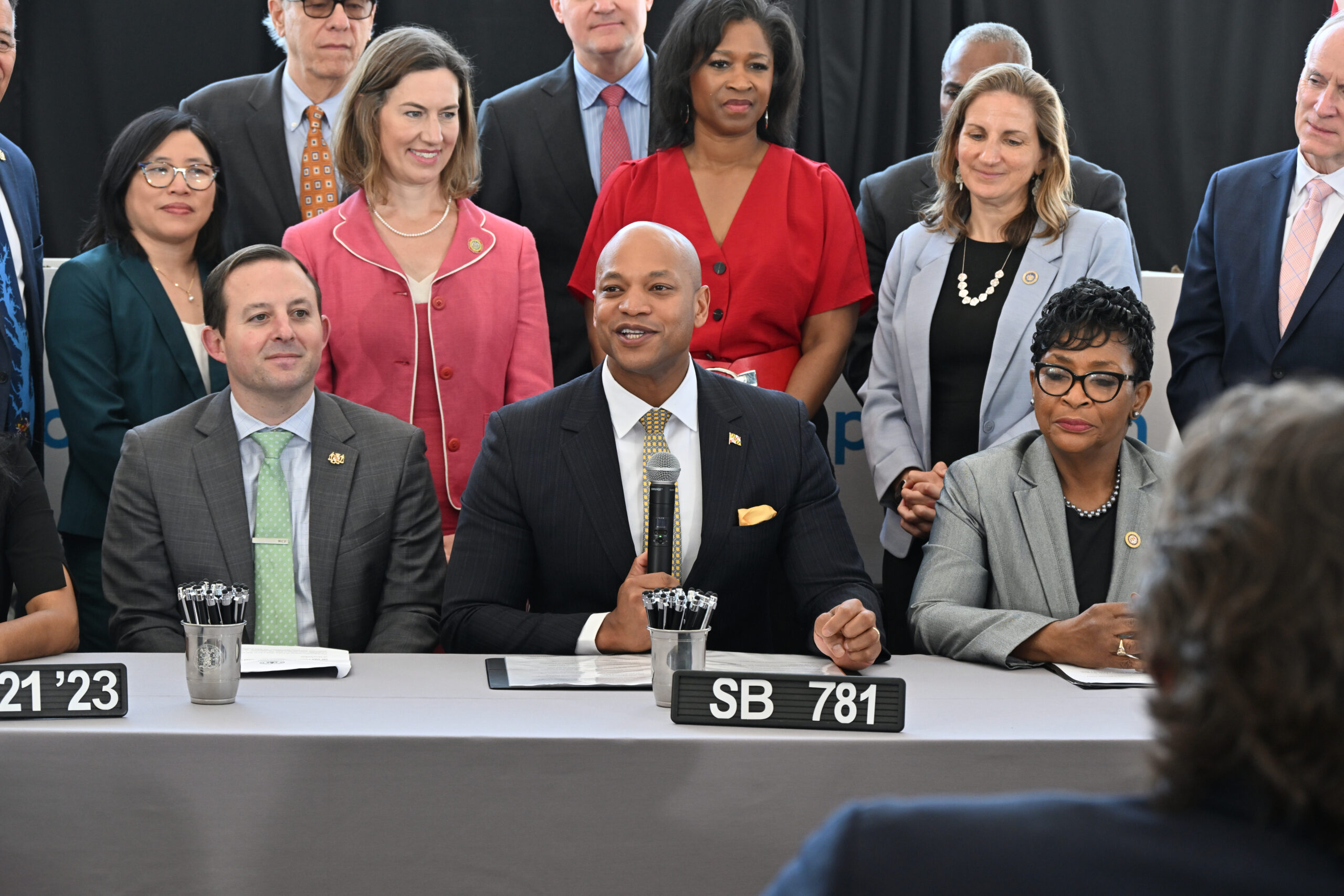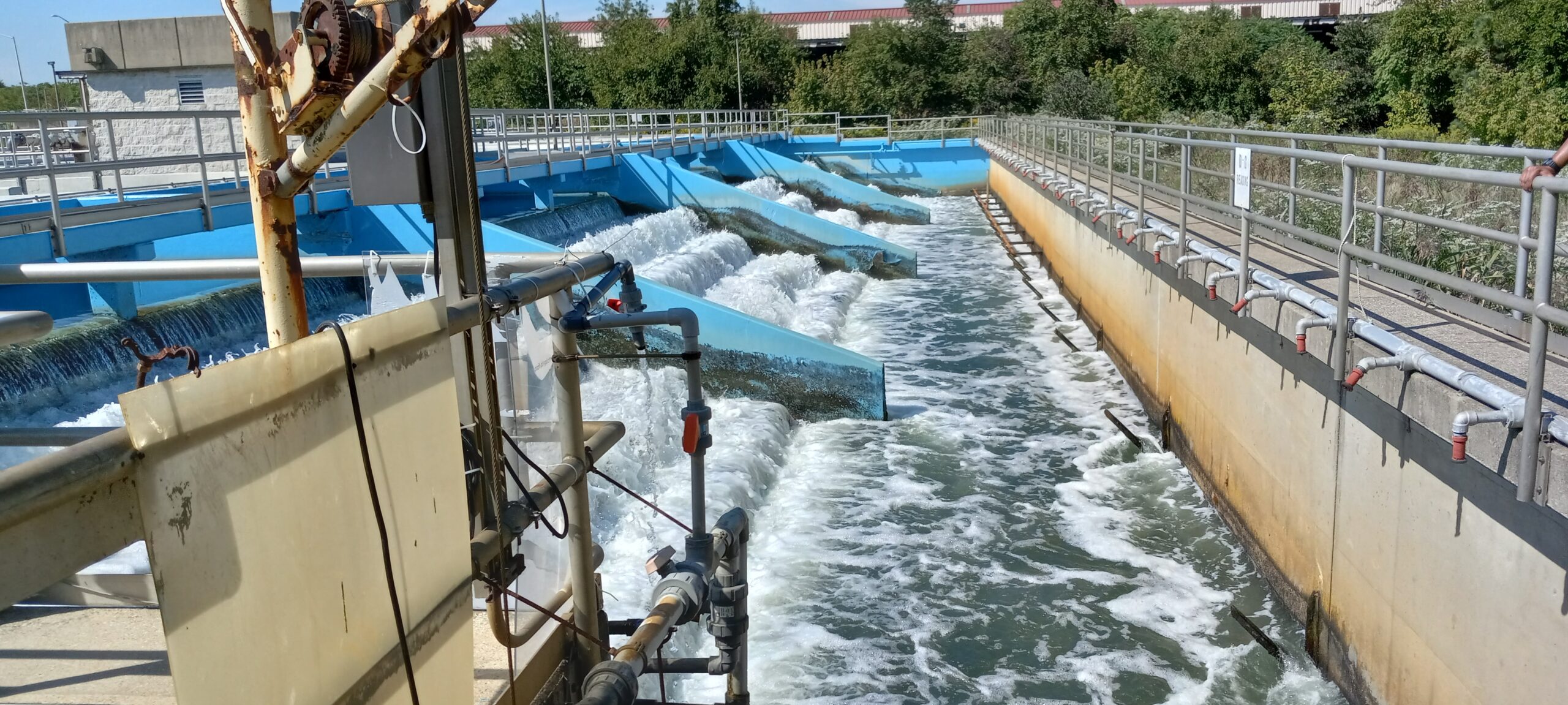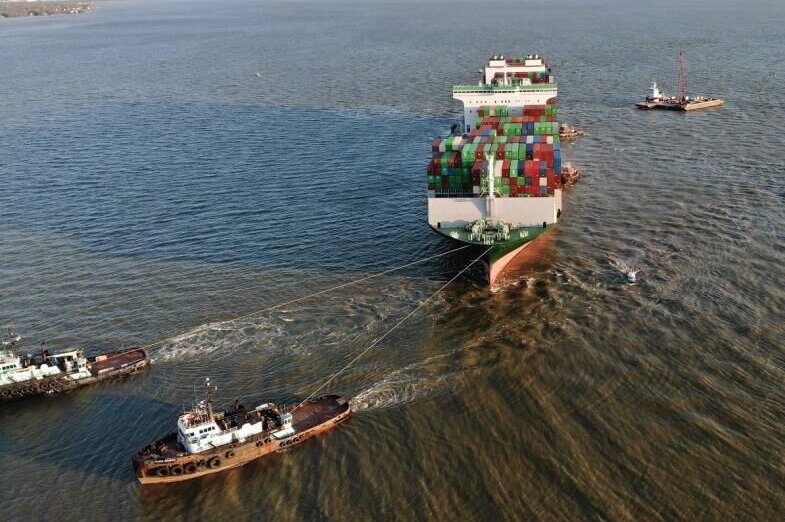Report: Maryland’s Water Pollution Enforcement Is on the Decline

Maryland’s enforcement of water pollution laws has declined over the last two decades, but especially in the last few years, according to a new report.
Environmental groups found that the Maryland Department of the Environment took 422 water pollution enforcement actions between 2016 and 2021 under Gov. Lawrence J. Hogan Jr. (R), which was significantly lower than the 1,280 enforcement actions between 2010 and 2015, during the administration of Gov. Martin J. O’Malley (D).
In the past year alone, MDE took 55% fewer water pollution enforcement actions than the historical average over the last 20 years, according to the report by the Chesapeake Accountability Project, a coalition of environmental groups. The coalition reviewed the Department of the Environment’s annual enforcement and compliance reports from 2001 to 2021 “to provide a historical perspective of [water pollution] enforcement in Maryland,” said Katlyn Schmitt, a policy analyst for the Center for Progressive Reform.
But the decrease in enforcement actions does not mean that there are fewer pollution violations, and water quality in the Chesapeake Bay remains a concern, the group said.
The environmental groups focused on actions made by the Water and Science Administration within MDE, which is responsible for regulating stormwater from industrial facilities such as processing plants and landfills, from which harmful chemicals can flow into local waterways after it rains. Enforcement action can include penalty fines and referral to the Attorney General for potential litigation.
Although MDE noted a total of 15,827 enforcement actions in its 2021 annual compliance and enforcement report, almost 15,000 of those actions came from the lead poisoning prevention program.
MDE also completed 40% fewer in-person site inspections from 2016 to 2021 when compared with the number of inspections conducted between 2010 and 2015, according to the Chesapeake Accountability Project. However, the ability for MDE to do in-person inspections may have been limited by the COVID-19 pandemic.
Between 2017 and 2020, the department inspected 1,305 facilities that were deemed not compliant with their stormwater permits and nearly half were repeat offenders, according to the report findings. But the state only took 14 formal enforcement actions against industrial facilities in those three years.
“We think that MDE and the Water and Science administration can do better in creating a culture of consequences for those who violate clean water laws,” Schmitt said. “Some of that depends on the political will and mission of the agency and we’ve seen that fluctuate overtime.”
More enforcement action encourages polluters to follow the state’s water pollution laws, similar to how enforcing speed limits encourage more people to drive safely, said Courtney Bernhardt of the Environmental Integrity Project.
Environmentalists claim that the downward enforcement trend accelerated more dramatically during the Hogan administration. But the report also shows that MDE issued more “compliance assistance” for water violation polluters now than during the years when O’Malley was governor.
Compliance assistance is a type of enforcement action in which the Department of Environment notifies a facility for a minor violation and requires the facility to submit documentation that shows they have taken steps needed to come back to compliance with their permit. But Schmitt said this process not have enough teeth.
In recent years, MDE also collected more penalties on average than the gubernatorial administrations of Robert L. Ehrlich (R) and Parris N. Glendening (D). During the Hogan administration, the Department of the Environment collected an average of $945,000 in penalties between 2016 and 2021. That figure was $740,000 and $643,000 under Ehrlich and Glendening, respectively, adjusted for inflation. O’Malley’s administration had the highest annual average at $1.6 million, according to the report.
The report also showed downward trends in the number of site inspections and compliance assistance issued by MDE under the last four gubernatorial administrations overall. The state conducted an average of 8,000 inspections in the early 2000s, which slowly dipped throughout each administration to an average of 3,000 inspections under Hogan’s administration.
Doug Myers, a scientist with the Chesapeake Bay Foundation, said the downward trend under both Democratic and Republican leadership may be an indication that neither made enforcement a priority and that there may be “philosophical issues within the Department [of the Environment.]”
These findings come after recent critiques of MDE’s spotty oversight of permits, including a poultry-rendering plant in Dorchester County that has reportedly discharged pollutants into the Chesapeake Bay since 2019 and a recent sewage spill in St. Mary’s County that led to two dozen people falling sick after they ate contaminated oysters.
Maryland Department of the Environment spokesman Jay Apperson said in an email that any “objective reporting of MDE’s enforcement record” would also include the steps it took to stop water and waste pollution from the Verso Corp. paper mill, the Morgantown coal-fired power plant (which will retire this year) and Baltimore sewage backups and wastewater treatment plant violations.
“The Department will continue to take aggressive enforcement actions and seek stiff penalties, when warranted, in order to hold polluters accountable. MDE is committed to changing Maryland for the better by protecting and restoring the environment while providing businesses and communities with clear expectations and consequences for failure to follow the law,” he wrote.
But Schmitt claimed that MDE only took steps after citizen groups highlighted issues and “filled the void where the Water and Science Administration lacks in terms of enforcement and inspection activities.”
Environmental advocates also said the Department of the Environment no longer has the budget and staff it once did to enforce all of the state’s pollution regulations. Funding for MDE makes up 0.018% of the state’s total general budget, which is half of what it was two decades ago after adjusting for inflation, according to Eliza Steinmeier of the Chesapeake Legal Alliance.
There are also staffing declines within the department: MDE had more than 1,000 employees in 2002 but has only around 880 now, which Steinmeier attributed to a lack of competitive positions within the department.
“We also recognize that MDE needs more resources to truly create a culture of compliance that is necessary to protect our state,” Steinmeier said.
State lawmakers are currently considering a bill that would allow MDE to seek more administrative and civil penalties on private corporations, individuals or municipalities that violate safe drinking water regulations, wastewater facility pollution permits, tidal wetlands restrictions and dam safety regulations.
Administrative penalties are typically less serious and provide quicker relief than civil penalties — which are adjudicated in court.
Another measure introduced in the legislature would limit how long the Department of the Environment can allow facilities to operate under “zombie permits,” which refers to the period after a permit expires and before a new one is issued. Maryland is currently facing a backlog of more than 200 zombie permits.
Maryland and surrounding Bay states collectively agreed in 2010 to reach pollution limits set by the Environmental Protection Agency by 2025, commonly known as the Chesapeake Bay Clean Water Blueprint. Advocates argue that the state’s decline in water pollution enforcement actions undermines the Bay cleanup targets. In 2020, University of Maryland Center for Environmental Science graded the Bay’s health at a “C.”
“If we fail to address this issue, it will only make it more difficult for the state to meet the requirements of the Chesapeake Bay cleanup. We can’t fix pollution problems that aren’t being identified due to lack of inspections and enforcement by MDE,” Myers said.




 Creative Commons Attribution
Creative Commons Attribution